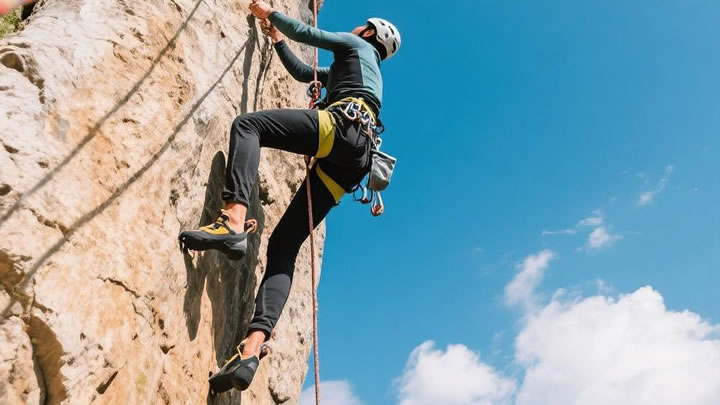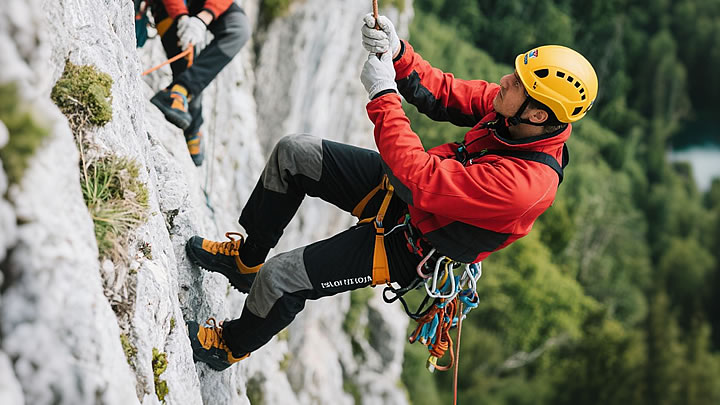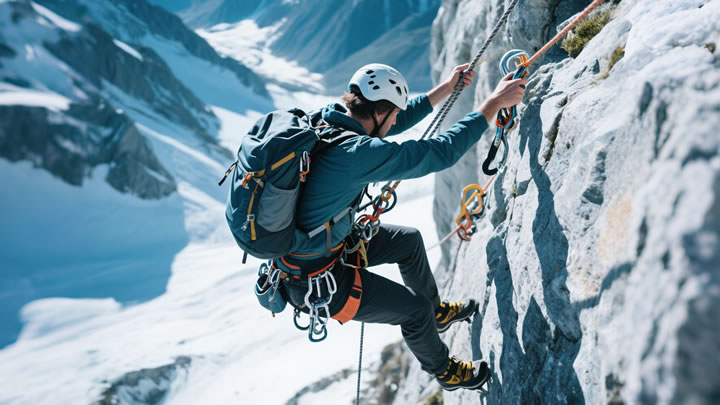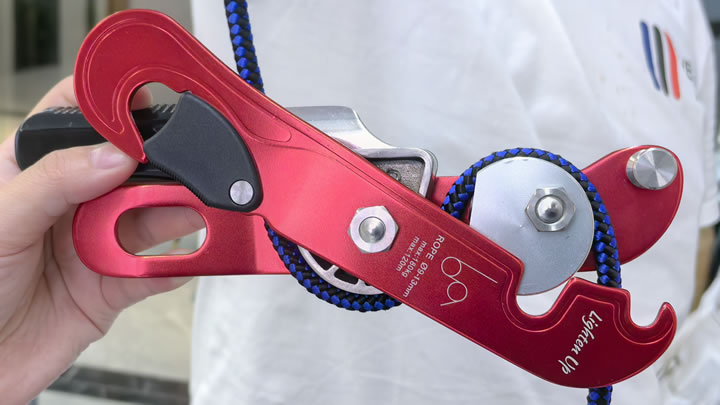Climbing Descent STOP price comparison
When investing in a climbing descent STOP, understanding price variations is key to balancing safety, performance, and budget. Prices span a wide range—from 70forbasicmodelstoover250 for premium options—driven by brand reputation, materials, features, and intended use. This guide breaks down the factors shaping costs, compares top brands, and helps you find the best value for your needs.
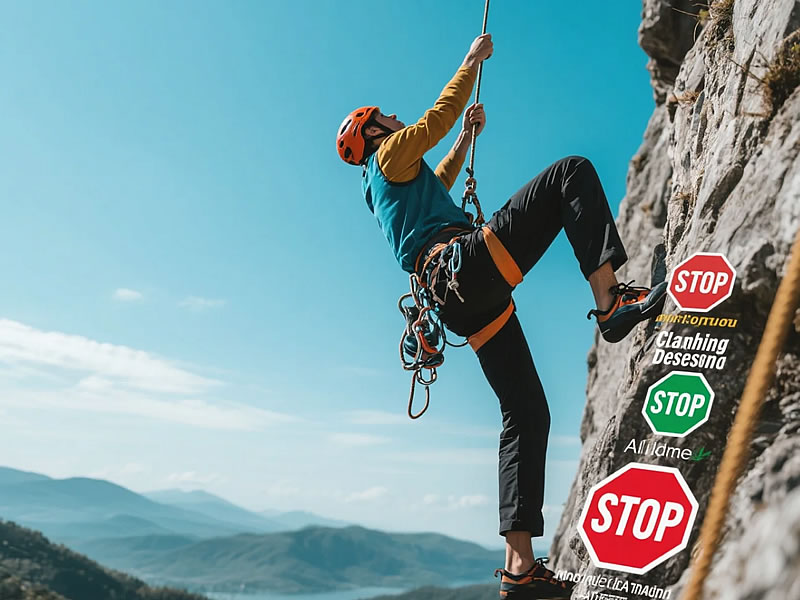
Brand-by-Brand Price Ranges
Leading manufacturers dominate the market, each with distinct pricing strategies tied to their target audience:
- Petzl: A staple in climbing gear, Petzl’s STOP lineup starts at 80forthePetzlSTOPBasic,designedforoccasionalrecreationaluse.Theirmid−tiermodel,thePetzlSTOPRescue,addsanti−panicfunctionalityandcorrosionresistance,pricingat120–150.ThepremiumPetzlSTOPIndustrial,builtforheavy−dutyuseinconstructionorrescuemissions,topsoutat200–$230, featuring reinforced aluminum alloy and compatibility with thicker ropes.
- Black Diamond: Catering to technical climbers, Black Diamond’s prices skew higher. The Black Diamond ATC Guide, a versatile option for caving and multi-pitch climbs, costs 110–130. Their Black Diamond Viper, engineered for high-stress rescue scenarios, ranges from 150–180, with a stainless steel frame and adjustable friction settings.
- DMM: Focused on industrial and professional use, DMM’s STOPs start at 140fortheDMMPivot,alightweightchoiceforclimbersprioritizingportability.TheDMMVice,builtforextremeloadsandharshenvironments,commands180–$220, thanks to its titanium components and UIAA safety certification.
- Kong: A budget-friendly alternative, Kong’s K-STOP Basic retails for 70–90, making it popular among beginners. Their K-STOP Pro, with enhanced grip and durability, rises to 110–130.
- What Drives Price Differences?
- Materials: Entry-level models use standard aluminum, while premium options incorporate aircraft-grade aluminum or titanium, reducing weight without sacrificing strength. Titanium adds 30–50 to the price but resists corrosion—critical for wet environments like caving.
- Safety Features: Anti-panic mechanisms, which lock the descender if the user pulls too hard, add 20–40. Models with heat-resistant coatings (for prolonged use) or compatibility with multiple rope diameters (8mm–13mm) also cost more.
- Certifications: UIAA or CE certification ensures rigorous testing, but compliance adds to production costs. Certified models are typically 15–30 pricier than non-certified alternatives, a worthwhile investment for high-risk activities.
- Brand Reputation: Established brands like Petzl or Black Diamond charge a premium (10–20% higher than lesser-known brands) due to their track record in safety and customer support.
- Cost vs. Value: When to Splurge
- For casual climbers who hit the crags monthly, a 80–120 model (e.g., Petzl STOP Basic or Kong K-STOP Pro) offers sufficient safety. These lack advanced features but meet basic standards for low-risk descents.
- For frequent users—rescue teams, industrial climbers, or cavers—investing in a $150+ model pays off. The Black Diamond Viper, for example, withstands daily use in harsh conditions, reducing replacement costs over time. Its adjustable friction settings also adapt to varying rope types, eliminating the need for multiple devices.
- Professional environments demand the highest specs. The DMM Vice, though costly, is certified for loads up to 500kg, making it indispensable for industrial rigging. Its lifetime warranty further justifies the price for teams relying on gear daily.
- Where to Buy: Finding the Best Deals
- Pricing varies by retailer:
- Manufacturer websites (Petzl.com, BlackDiamond.com) offer full warranty coverage but rarely discount.
- Outdoor retailers (REI, Backcountry) run seasonal sales, slashing prices by 10–20% in off-peak months (January–March).
- Online marketplaces (Amazon, eBay) sometimes list open-box or refurbished models at 25–30% off, but verify seller ratings to avoid counterfeits.
- Avoid used STOPs unless inspected by a certified technician—wear on internal components (invisible to the eye) can compromise safety.
- Conclusion
- Climbing Descent STOP prices reflect a trade-off between features, durability, and brand trust. While budget models suit occasional use, premium options are non-negotiable for high-stakes scenarios. Prioritize certifications and material quality over cost, and leverage seasonal sales to balance performance with affordability. By aligning your purchase with your usage frequency and environment, you’ll ensure safety without overspending.

